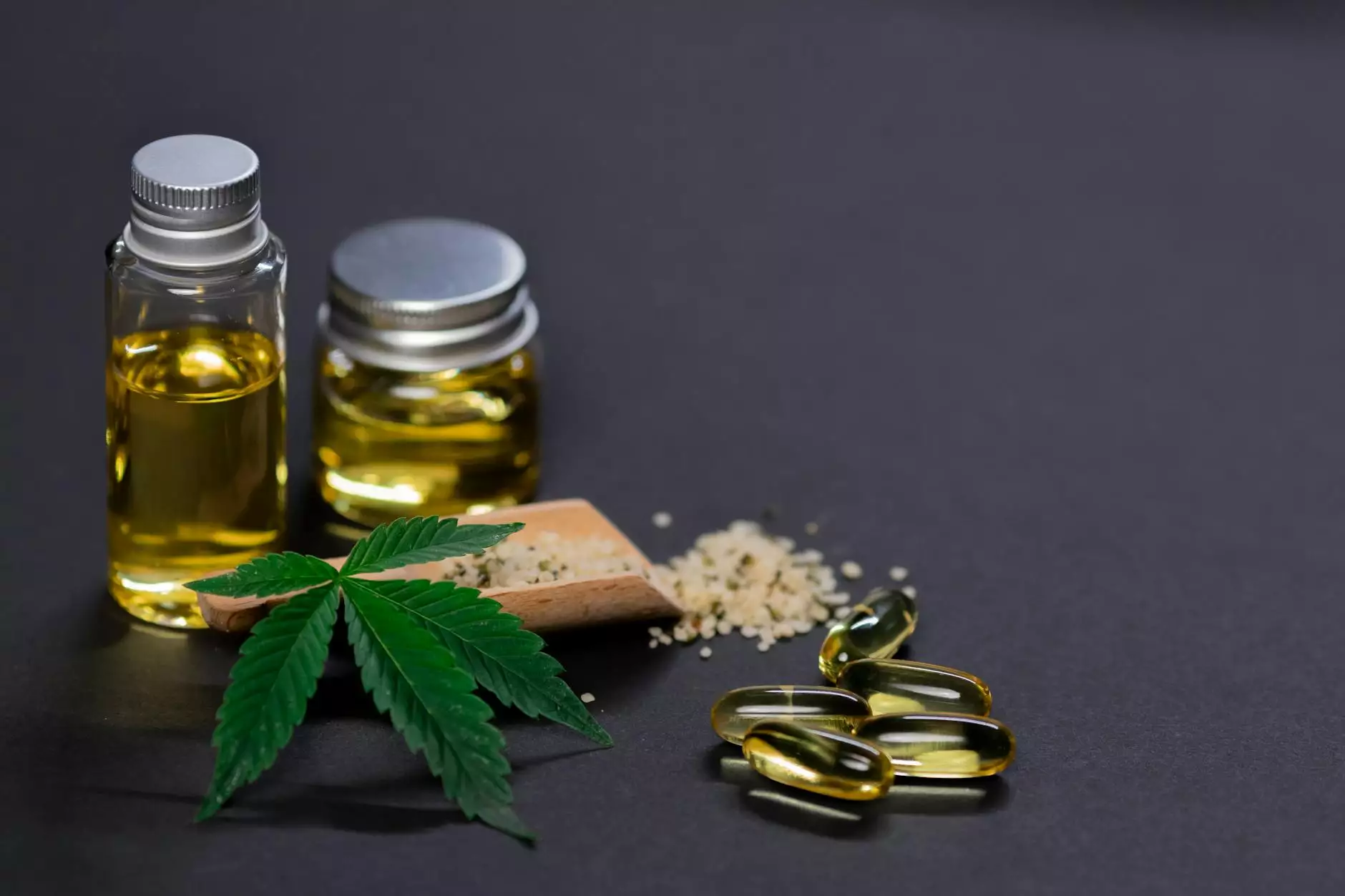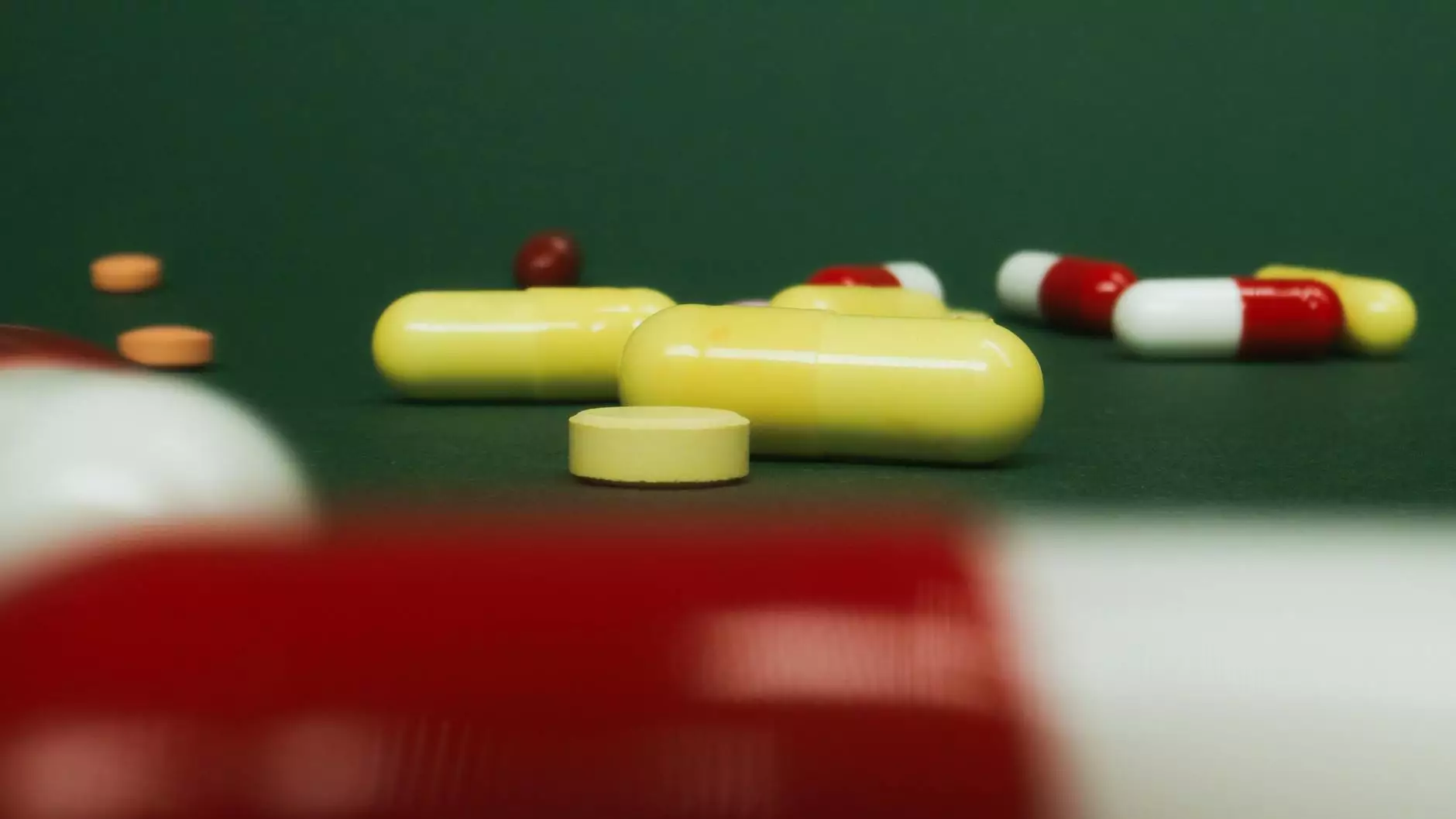How Do You Mix Semaglutide: An In-Depth Guide for Nutritionists and Pharmacists
Semaglutide has revolutionized the treatment of type 2 diabetes and obesity due to its remarkable efficacy and safety profile. As its popularity soars among healthcare professionals and patients, a crucial aspect that often arises is how do you mix semaglutide properly to ensure optimal administration, efficacy, and safety. Whether you are a seasoned nutritionist or a licensed pharmacist, understanding the precise process of mixing semaglutide is vital for delivering quality care and achieving the desired therapeutic outcomes. This comprehensive guide demystifies the entire process, providing detailed, step-by-step instructions and essential tips to navigate this critical procedure confidently.
Understanding Semaglutide: What Is It and Why Proper Mixing Matters
Semaglutide is a synthetic analog of human glucagon-like peptide-1 (GLP-1), designed to mimic its effects in stimulating insulin secretion, suppressing glucagon release, and reducing appetite. Administered via subcutaneous injection, it plays a pivotal role in managing blood sugar levels and promoting weight loss in overweight or obese patients. However, the medication is supplied in a powdered form that must be mixed with a specified diluent before use.
Correct mixing is essential because improper technique can lead to dosage inaccuracies, compromised drug stability, or contamination, thereby affecting therapeutic efficacy and patient safety. For nutritionists and pharmacists, mastering how do you mix semaglutide correctly is a fundamental step in clinical practice.
Components Needed for Mixing Semaglutide
- Semaglutide Vial: Powder form, typically supplied in a pre-measured dose.
- Diluent: Usually sterile water or specific diluent recommended by the manufacturer.
- Syringe: Preferably a 1 mL or 3 mL syringe suitable for accurate measurement.
- Alcohol Swabs: For disinfecting the vial rubber stoppers and injection sites.
- Needle: Appropriate gauge for drawing diluent and injecting the medication.
- Sharps Container: For proper disposal of used needles and syringes.
Step-by-Step Process on How Do You Mix Semaglutide
The following is a detailed step-by-step guide tailored for healthcare professionals to ensure accurate and safe mixing:
Step 1: Prepare the Workspace and Gather Supplies
Ensure all equipment is sterile and laid out on a clean, disinfected surface. Wash your hands thoroughly with soap and water, and wear gloves if necessary, especially when handling needles and vials.
Step 2: Disinfect the Vials
Use alcohol swabs to disinfect the rubber stoppers of both the semaglutide vial and the diluent vial. Allow them to air dry to maintain sterility.
Step 3: Draw the Diluent
Attach a sterile needle to the syringe and draw the prescribed amount of diluent as per the manufacturer’s instructions, typically between 0.5 mL to 1.0 mL.
Step 4: Inject Diluent into Semaglutide Vial
Insert the needle into the semaglutide vial, keeping the vial upright. Slowly inject the diluent down the side of the vial wall to minimize foaming and agitation, which could degrade the medication.
Step 5: Mix the Medication Gently
Gently swirl or roll the vial to dissolve the powder completely. Avoid shaking vigorously, as this can cause protein denaturation. Ensure the solution appears clear and free of particulates before proceeding.
Step 6: Draw the Reconstituted Semaglutide
Using a new sterile needle, draw the complete dose of the reconstituted solution into the syringe. Remove air bubbles by tapping the syringe gently and pushing slightly to expel excess air.
Step 7: Prepare for Injection
Use an alcohol swab to disinfect the injection site, usually the abdomen, thigh, or upper arm. Insert the needle at a 45 to 90-degree angle, depending on the needle length and patient preference.
Step 8: Administer the Dose
Inject the medication subcutaneously, ensuring the needle remains in place for a few seconds to facilitate full delivery. Withdraw the needle carefully and dispose of it safely in a sharps container.
Important Tips and Precautions
- Strict Sterility: Always maintain aseptic technique to prevent contamination.
- Medication Stability: Follow manufacturer instructions on storage conditions and expiration date after mixing.
- Dosing Accuracy: Use calibrated syringes for precise measurement.
- Handling the Powder: Do not attempt to mix if the powder appears discolored or contains particles not dissolved.
- Patient Education: Inform patients on proper injection techniques and storage of the medication.
Common Challenges and How to Overcome Them
Properly mixing semaglutide can sometimes pose challenges such as incomplete dissolution or foaming. To mitigate these issues:
- Always inject the diluent slowly and carefully to prevent foaming.
- If solids do not dissolve completely, gently roll the vial instead of shaking vigorously.
- Ensure you are using the correct diluent volume; too little or too much can affect concentration.
- Verify the solution clarity before administration; any cloudiness or particulate matter indicates improper mixing.
Why Proper Mixing Enhances Therapeutic Outcomes
Correctly mixing semaglutide ensures the delivery of the accurate dose, maintaining its stability and potency. It minimizes the risk of adverse reactions caused by contamination or incorrect dosing. As health professionals, understanding how do you mix semaglutide directly correlates with patient safety, treatment efficacy, and overall satisfaction with the therapy.
Additional Resources and Professional Support
For detailed manufacturer instructions, always refer to the product's package insert or official guidelines. Continuing education courses on injectable medications and proper compounding techniques are also valuable. Engaging with pharmaceutical representatives or attending healthcare webinars can enhance your understanding and stay updated on best practices.
Conclusion: Mastering the Art of Mixing Semaglutide
Effectively understanding how do you mix semaglutide is a vital skill for nutritionists, pharmacists, and healthcare providers involved in diabetes and obesity management. It ensures that patients receive accurate, safe, and effective treatment, ultimately improving health outcomes and quality of life. Remember, meticulous attention to detail, adherence to sterile techniques, and ongoing professional education are the cornerstones of excellence in medication preparation and administration.
Embrace the precision required for mixing semaglutide, and leverage the knowledge shared here to enhance your clinical practice. By mastering this process, you contribute significantly to safe medication use and the success of your patients' health journeys.








